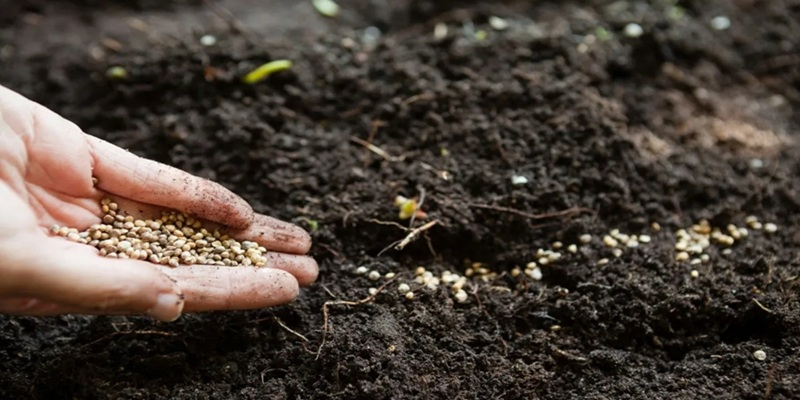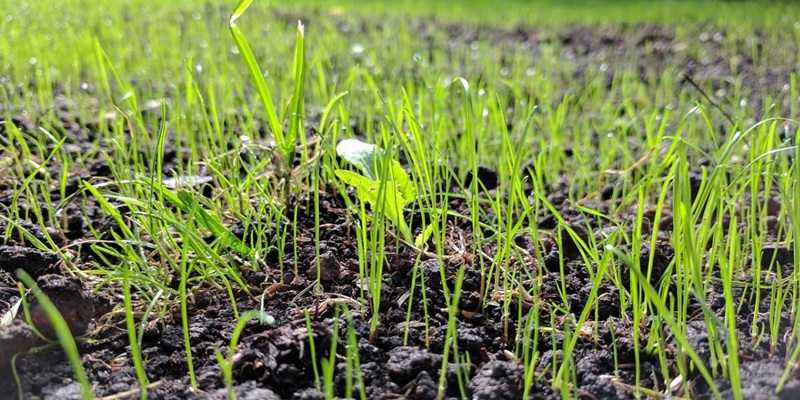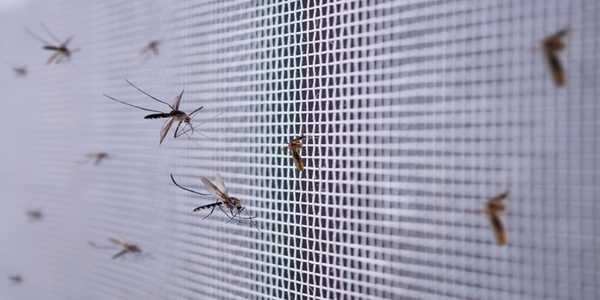Best Grass Seeds For Overseeding
Overseeding enhances lawn health by filling bare patches and boosting grass density, making it more resilient to pests and environmental Stress. Choosing the best grass seed for overseeding depends on climate, sunlight, and maintenance needs. This guide helps homeowners select the ideal seeds for a lush, year-round green lawn.
Overseeding enhances lawn health by filling bare patches and boosting grass density, making it more resilient to pests and environmental Stress. Choosing the best grass seed for overseeding depends on climate, sunlight, and maintenance needs. This guide helps homeowners select the ideal seeds for a lush, year-round green lawn.

What Is Overseeding
Overseeding involves planting grass seed on an existing lawn to improve density and resilience against wear, pests, and environmental Stress. A thicker lawn enhances resistance to diseases while creating a lush appearance.
Timing is crucial—late summer to early fall is ideal for cooler climates, while spring suits warmer regions despite increased weed competition. Success depends on soil quality, drainage, and seed compatibility with existing grass, ensuring seamless growth and a healthier lawn.
Factors To Consider When Choosing Grass Seeds
Selecting the appropriate grass seeds for overseeding ensures a thriving lawn. Climate compatibility is paramount, splitting grass types into warm-season and cool-season varieties. Warm-season grasses such as Bermuda and Zoysia flourish in southern climates where temperatures remain elevated. In contrast, cool-season grasses like Kentucky Bluegrass and Perennial Ryegrass thrive in northern regions with cooler temperatures—especially in spring and fall.
Another crucial factor is sunlight exposure, which can significantly impact grass selection. Lawns with full sun benefit from robust options like Bermuda and Fescue, as they require ample sunlight for optimum growth. In contrast, shaded areas are better suited to shade-tolerant varieties such as Creeping Red Fescue or Fine Fescue, which can perform well with limited light.
Finally, it's essential to consider the grass types' growth rates and maintenance needs. Fast-germinating grasses, such as Perennial Ryegrass, are excellent for quick patches but may necessitate more frequent mowing and irrigation than slow-growing types like tall fescue, which develops a deep root system and exhibits superior drought resistance. Understanding these growth specifications will assist homeowners in selecting seeds that align with their lawn care capabilities and expectations.
Best Grass Seeds For Overseeding
1.Tall Fescue
Tall Fescue is a durable, drought-resistant grass with deep roots that adapt to various soil types, including sandy and clay. Its coarse texture creates a robust lawn, but its slower growth in cooler climates may hinder establishment in northern regions. While highly adaptable, it may not blend well with finer grass types.
2.Kentucky Bluegrass
Known for its lush, dense appearance, Kentucky Bluegrass thrives in cooler climates, making it ideal for northern regions. However, it grows slowly and requires consistent moisture, posing challenges for overseeding, especially in dry conditions.
3.Perennial Ryegrass
This grass germinates and establishes quickly, making it ideal for overseeding and patching thinning lawns. While it provides fast results, it requires frequent mowing and watering, increasing maintenance needs.
4.Bermudagrass
Highly heat-tolerant and durable, Bermudagrass thrives in southern regions with full sun. It establishes quickly but can become aggressive in cooler areas, leading to compatibility issues when overseeding with other grass types.
5.Fine Fescue
Varieties like Creeping Red Fescue and Chewings Fescue are low-maintenance and well-suited for shady areas. They provide a soft, dense lawn but struggle in extreme heat and dry conditions, affecting their overall performance.
Tips For Successful Overseeding
Preparation is key for optimal results through overseeding. Start by mowing your lawn to about 1-2 inches to facilitate seed penetration into the soil. Following this, aerate the lawn using a core aerator, creating holes that promote seed-to-soil contact. Removing debris such as leaves and thatch is essential to avoid hindering the seeds' germination potential.
When sowing your seeds, ensure even distribution for the best coverage. Follow the seeding instructions specific to the package, typically sowing seeds about 1/4 inch deep. Once overseeding is complete, it's critical to maintain a consistent watering plan to keep the soil moist without oversaturating it. Watering daily during the initial weeks promotes effective germination, after which you can gradually alter the frequency as the new grass establishes. With these steps and care, a vibrant and healthy lawn can soon become a reality!

Elevate Your Lawn Care Routine
In essence, making informed choices regarding grass seeds for overseeding is essential for achieving a lush and healthy lawn. By understanding your lawn's specific conditions, you can strategically select the best varieties, elevating your lawn care approach. This proactive knowledge ensures your dream lawn is possible and well within reach!



